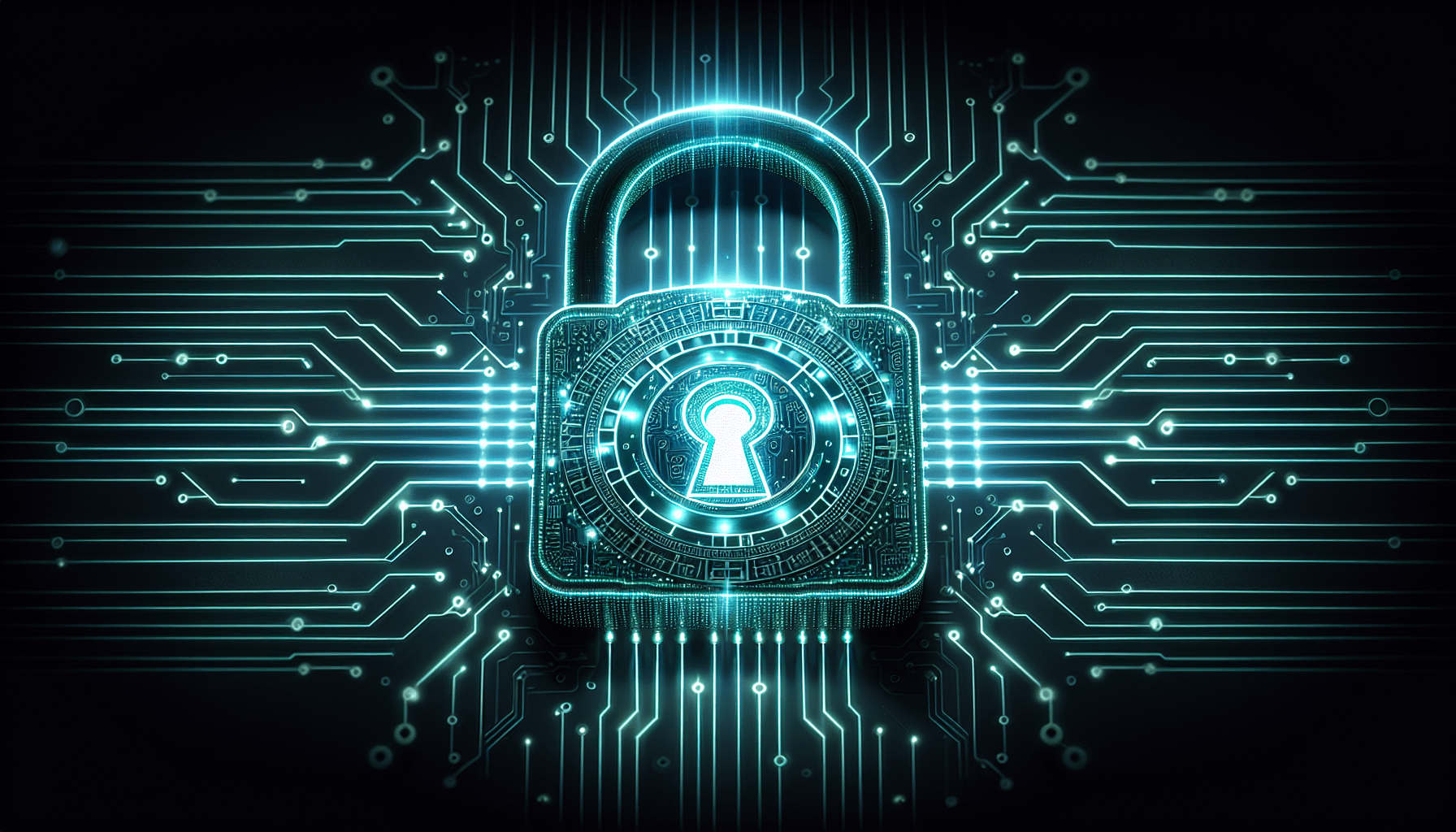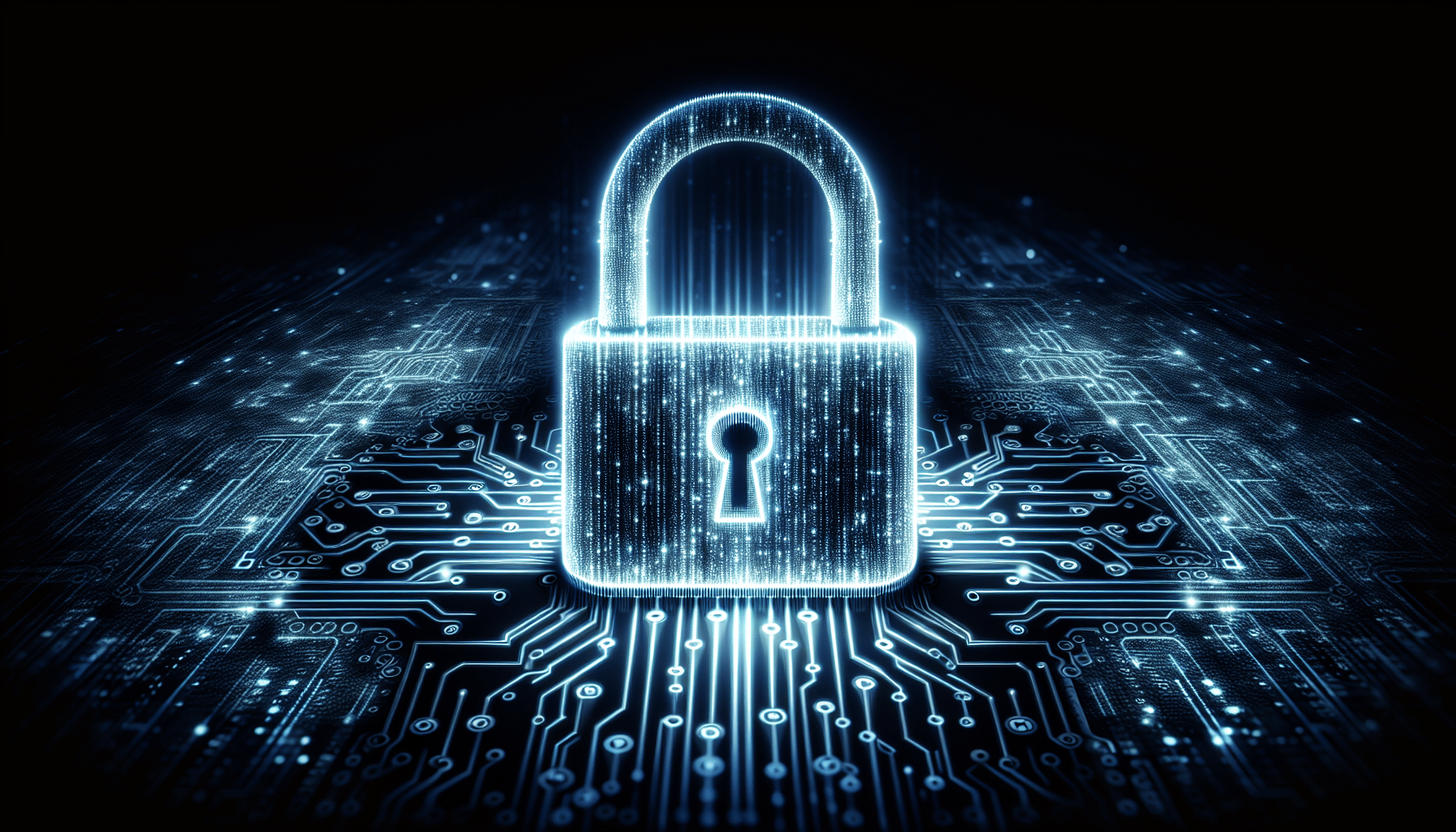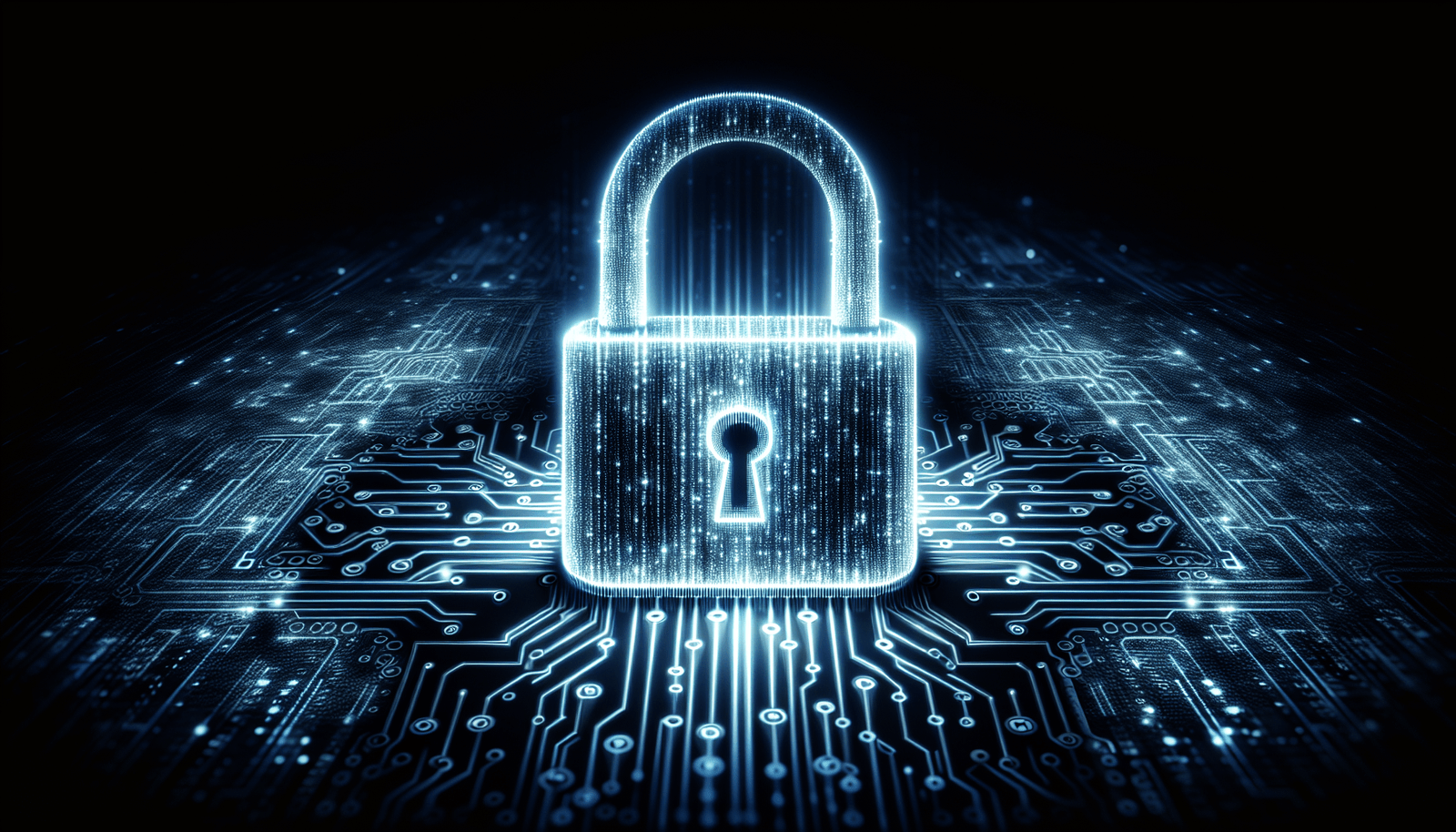Have you ever wondered what security measures accounting software providers implement to protect your financial data? With the ever-evolving landscape of technology and increasing cyber threats, safeguarding sensitive information becomes paramount for businesses. Understanding these measures ensures that you can trust the tools managing your financial operations, and provides peace of mind that your data is secure.
The Significance of Security in Accounting Software
The confidentiality, integrity, and availability of financial data are critical to any business. This is especially true for accounting software, given that it handles sensitive financial records, including payment information, tax data, and payroll details. The implications of a data breach can be severe, potentially leading to financial loss, reputational damage, legal repercussions, and compliance issues. As such, accounting software providers employ a range of security measures to protect this vital information from unauthorized access and cyber threats.
Data Encryption: A Fundamental Shield
What is Data Encryption?
Data encryption is the process of converting information or data into a code, especially to prevent unauthorized access. This is a fundamental security measure used by most accounting software providers to protect data both in transit and at rest.
How Encryption Works
Encryption involves the use of algorithms to transform plain text into a ciphered form. Only those with the correct decryption keys can revert the ciphered text back to its original state. Typically, accounting software uses strong encryption standards such as AES (Advanced Encryption Standard) with 256-bit keys, which is considered virtually unbreakable.
The Importance of End-to-End Encryption
End-to-end encryption is particularly important as it ensures that data is encrypted on the sender’s system and only decrypted on the receiver’s system. This means that even if data is intercepted during transmission, it remains unreadable to unauthorized parties. Accounting software providers often implement Secure Socket Layer (SSL) or Transport Layer Security (TLS) protocols to ensure communication between servers and clients is secure.

Access Controls: Limiting Entry
User Authentication Mechanisms
Access control is a pivotal security measure that involves ensuring that only authorized users can access the software. Authentication mechanisms require users to verify their identity using credentials such as usernames and passwords. More sophisticated methods, like multi-factor authentication (MFA), provide an additional layer of security by requiring the user to supply two or more verification factors to gain access.
Role-Based Access Control (RBAC)
Role-Based Access Control further refines access by assigning permissions based on the user’s role within the organization. For instance, a company’s accountant may have access to all financial records, while a manager may only review budget reports. Implementing RBAC helps minimize the risk of unauthorized access while maintaining operational efficiency within the software environment.
Regular Security Audits and Vulnerability Assessments
The Role of Security Audits
Regular security audits are an essential component of maintaining an effective security posture. These audits involve systematic evaluation of the software’s security measures and practices to identify potential vulnerabilities and recommend improvements. They can be conducted internally or by external cybersecurity firms to provide independent verification of the security protocols in place.
Conducting Vulnerability Assessments
Vulnerability assessments complement security audits by identifying weaknesses that could be exploited by attackers. This proactive approach helps accounting software providers to address potential threats before they can be exploited. Providers often employ tools such as intrusion detection systems (IDS) and intrusion prevention systems (IPS) to identify and mitigate suspicious activities in real-time.

Data Backup and Recovery Planning
Importance of Regular Data Backups
Data loss can occur due to various reasons, including cyberattacks, hardware failure, or accidental deletion. Regular data backups ensure that financial data can be recovered in case of such occurrences. Accounting software providers typically employ automated backup solutions that store data in secure, offsite locations, reducing the risk of permanent data loss.
Comprehensive Disaster Recovery Plans
In addition to backups, providers develop comprehensive disaster recovery plans to resume operations promptly after an incident. These plans outline the procedures for restoring lost data, recovering affected systems, and minimizing downtime. By having a robust recovery strategy, accounting software providers ensure continuity and reliability of service.
Regulatory Compliance: Ensuring Adherence
Importance of Compliance
Adhering to regulatory standards is critical for accounting software providers. Compliance ensures that the software meets the necessary legal and industry-specific standards for data protection. Non-compliance can result in hefty fines and legal challenges, making it essential for providers to adhere to applicable regulations.
Key Compliance Standards
Some essential compliance standards include the General Data Protection Regulation (GDPR), the Payment Card Industry Data Security Standard (PCI DSS), and the Sarbanes-Oxley Act (SOX). Compliance with these regulations requires the implementation of stringent security protocols to protect sensitive information and ensure accountability.
Security Awareness and Training for Users
Educating Users on Best Practices
Even with advanced technological measures in place, human error remains one of the biggest security risks. Ensuring users are educated on security best practices can significantly reduce this risk. Providers often offer training sessions and resources for clients to deliver necessary knowledge about maintaining data security.
Encouraging Safe Usage
Training programs may cover topics such as recognizing phishing attacks, creating strong passwords, and reporting suspicious activities. By fostering a culture of security awareness, accounting software providers enable users to play an active role in safeguarding their financial data.
Real-Time Monitoring and Incident Response
Real-Time Monitoring
Real-time monitoring is crucial for detecting and responding to security incidents promptly. Many accounting software providers employ advanced security information and event management (SIEM) systems to monitor network activity in real-time and identify potential threats.
Establishing Incident Response Protocols
In addition to monitoring, having robust incident response protocols is essential for addressing security breaches effectively. These protocols provide a structured approach for identifying, containing, eradicating, and recovering from a security incident. By preparing for potential breaches, providers can minimize impact and ensure business continuity.
Physical Security Measures
Securing Data Centers
In addition to digital security measures, physical security is also vital. Accounting software providers often host data on servers located in secure data centers. These centers are equipped with various physical security measures such as 24/7 surveillance, biometric access controls, and fire suppression systems to protect against unauthorized access and environmental threats.
Redundancy and Reliability
To maintain service reliability, providers implement redundancy measures to ensure that data and applications remain accessible even if one part of the system fails. This might involve having multiple data centers in different geographic locations to ensure continuity in the event of a natural disaster or power outage.
The Future of Security in Accounting Software
Evolving Threat Landscape
As technology advances, so do the methods employed by cybercriminals. This perpetual evolution necessitates continuous enhancement of security protocols by accounting software providers. Emerging trends, such as Artificial Intelligence (AI) and machine learning, are being increasingly used to predict and counteract potential threats.
Proactive Approach to Security
A proactive approach to security involves anticipating future threats and developing strategies to counteract them. This includes staying updated on the latest cybersecurity trends, patching software vulnerabilities promptly, and regularly updating security protocols to meet evolving threats.
Conclusion
Navigating the complexities of accounting software security requires a comprehensive understanding of the various measures providers use to protect financial data. From advanced encryption technologies and stringent access controls to regular security audits and compliance with industry standards, these measures work together to create a robust security framework. By selecting a provider that prioritizes security and staying informed of the practices they employ, you can significantly mitigate the risks associated with cyber threats and enhance the protection of your financial data.
